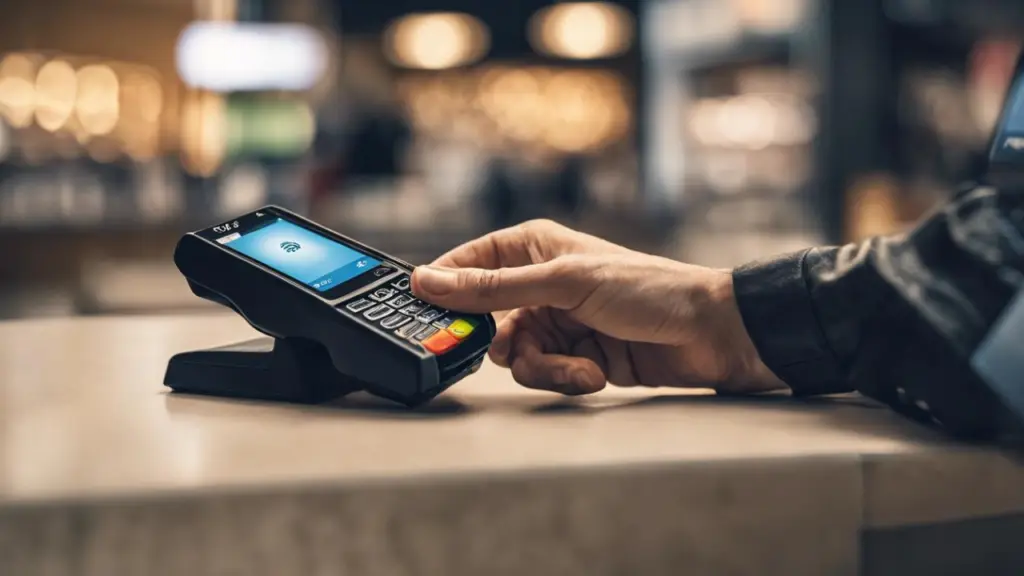Eliminating customer friction is paramount for organizations to stay competitive in the modern business environment. TechTarget defines frictionless payments, or frictionless commerce as:
“Frictionless commerce is a method of using data from devices, apps and websites to integrate buying opportunities as simply and seamlessly as possible into consumers’ everyday activities and natural environments.”
The international marketing statistics portal, Statista, has projected that frictionless payments processed $3.9 trillion globally in 2019 alone, while a number analysts expect the technology to grow to $8 trillion by 2024.
This increasingly popular payment method uses smartphone apps, mobile wallets, and contactless cards to replace a traditional checkout experience, thus expediting the time it takes for consumers to complete a purchase.
There are four preeminent forms of frictionless payments:
- Mobile applications, used most notably by ride sharing companies and Amazon in its “Just Walk Out” technology, sync with your credit card or checking account and process payments automatically.
- Mobile Wallets digitally store your credit card, debit card, and rewards card information on your mobile device, allowing you to make purchases without having the physical card present.
- Contactless Cards allow you to wave your credit or debit card near a payment terminal to pay without swiping or using a chip card reader.
- NFC (near field communications) is a contactless payment method that allows a smartphone to communicate with a payment reader when they are close to each other. The most recognized form of NFC is Apple Pay.
Browse NFC and Wallet-ready payment terminals
Let’s look at some of the pros and cons associate with frictionless commerce:
Pros
Security
Not only does the retailer no longer have physical access to an individual credit card, each NFC transaction is imprinted with a unique digital signature, making it difficult to intercept. Additionally, in the case of Apple Pay, your fingerprint is confirmed with your iPhone before the transaction is complete.
Convenience
Most people take their phones with them everywhere, even when it’s not convenient to carry a wallet or purse. And an NFC transaction is faster and requires less battery power than a mobile payment.
Improved POS Experience
NFC can speed up with checkout process, making lines move faster.
Real-Time
Customer loyalty programs can be immediately updated and communicated with the consumer on their smartphone. Updated data makes for satisfied customers.
Cons
Slow Conversion
Despite the growing popularity of Apple Pay and Google Wallet, merchants have been slow to make it available.
Expensive
For a business to start excepting NFC payments, an investment of both money and time is needed to install the hardware and educate employees on its use. Starbucks, for example, invested $25 million in 2011 alone to kick off NFC in its chain.
The Journey to Truly Frictionless Transactions
Despite the excitement around the efficiency of frictionless payments, many consumers still have their doubts about its safety.
According to the Digital Transactions article, A New Report Delivers a Cold Dose of Reality on ‘Frictionless Payments,’ the Paysafe Group surveyed more than 5,000 people in five different countries and asked about their trust in various forms of frictionless payments. More than half of the survey participants claimed they had reservations about these kinds of payments, citing Uber and Lyft. Specifically, participants said they were concerned about maintaining data privacy.
A larger share of survey respondents, 65 percent, explained that they would not purchase any products or services by using home automation technologies like Google Home and Amazon Alexa. In short, consumer confidence still has a long way to go before frictionless payments become the norm.
Browse NFC and Wallet-ready payment terminals
As a newer form of technology, it’s not surprising that frictionless commerce has a few bugs to work out and consumers to convince. However, we can expect the focus on reducing customer friction to continue as retailers look for differentiators to help them compete for shopping dollars.



